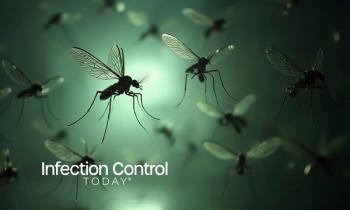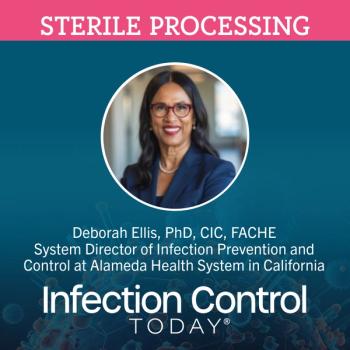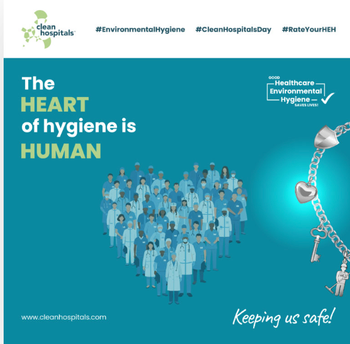
Research, Resources, and Reconnection: What’s New at APIC 2025

Dr Rebecca Crapanzano-Sigafoos explains how at this year’s APIC Annual Conference & Expo in Phoenix, leaders unveiled key initiatives poised to shape the future of infection prevention, including a new research network, an updated MegaSurvey, and a comprehensive guide to catheter-associated bloodstream infection prevention.
What is new at the Association of Professionals of Infection Control and Epidemiology (APIC)? To find out, Infection Control Today® (ICT®) sat down with the executive director of the APIC Center for Research, Practice, and Innovation, Rebecca Crapanzano-Sigafoos, DrPH, CIC, AL-CIP, FAPIC, at the APIC Conference & Expo (APIC25), about the exciting news announced at the conference, held in Phoenix, Arizona, from June 16 to 18, 2025.
Crapanzano-Sigafoos has been an infection preventionist (IP) and infectious disease epidemiologist, with 20 years of experience in the field.
ICT: Please tell ICT’s audience about yourself and the exciting news you have to tell us.
Rebecca Crapanzano-Sigafoos, DrPH, CIC, AL-CIP, FAPIC: I'd love to talk about the new APIC Research Network. This is a network for infection preventionists (IPs), by IPs, with the goal of having IP-informed and -led research.
The APIC Research Network launched [the day before the conference started] during our Research Symposium, and we're very excited to be able to offer membership free for all APIC members.
The network will allow APIC members to collaborate with others on research in the infection prevention field, offer educational resources tailored to your level of research expertise and experience, and provide access to an infection prevention community that's focused specifically on research as well. I sincerely hope that all of our APIC members sign up and become members of the APIC Research Network too.
I would also love to talk about the
[The MegaSurvey] is shorter than it's ever been in the past. We've streamlined it [with] about half the number of questions, so [it is] way less painful. The questions are based on the care setting, and as you answer, the logic in the survey changes to present you with questions that will join us in the mega survey.
Finally, I'd like to introduce our new
We've also included some decision support tools and algorithms. There are even a couple of SBARs [situation, background, assessment, and recommendation tool] on subjects where there are no evidence-based guidelines to support a practice and evidence-based practice. However, there is sufficient literature available that we wanted to provide IPs with an SBAR template they can use to help make decisions at their facilities, so it is a very comprehensive guide. We're super excited about it, and the guide will be a continuous process improvement. There's an opportunity for us to provide feedback and include additional materials. We will update it at regular intervals to ensure it remains current and includes the latest information.
ICT: What do you believe is the biggest challenge for IPs currently?
RC-S: There is a lot happening in the world right now that affects IPs. I think folks are probably all a little worried about whether there will continue to be funding to support our profession in the way we've been supported in the past, and understanding that IP programs have not always been prioritized. So, IPs are in a place right now where there's a lot of fear about cuts, and we've seen a lot of cuts, you know, that have been announced recently in health care systems in the US. Certainly, the cuts in grant funding have a significant impact on research, and it's causing us to think outside the box about how we may fund research efforts moving forward.
ICT: What is the best aspect of attending the APIC Annual Conference and Expo?
RC-S: Being in person at [the APIC Annual] Conference is one of the most exciting things I do each year. So, I think of it as a combination of Christmas and a family reunion, where I end up learning something at the same time. It's wonderful to be able to catch up with all of the folks that I've worked with over the years and in different care settings in different states, and then to be able to hear what the latest and the greatest is, what's new, what's happening, what are my colleagues doing? Be able to network, read all the posters, and give me ideas for my own practice. So, it's just an exciting time, and I feel very lucky to be able to attend the conference.
Quotes have been edited for clarity and length.
Newsletter
Stay prepared and protected with Infection Control Today's newsletter, delivering essential updates, best practices, and expert insights for infection preventionists.





